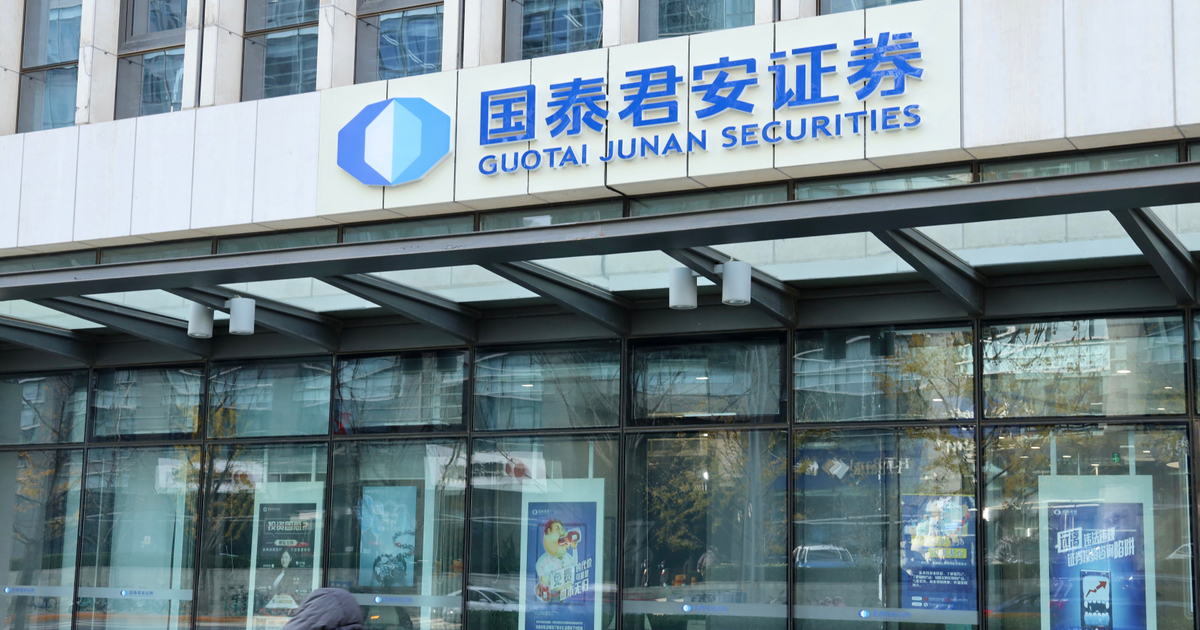New benchmarks for a new investment era
Fixed income investing faces a new reality in the wake of higher rates, rising inflation and geopolitical tension. Against this backdrop, a recent FinanceAsia webinar, held in collaboration with the London Stock Exchange Group (LSEG), explored how investors can...

Promoted Content
Fixed income investing faces a new reality in the wake of higher rates, rising inflation and geopolitical tension. Against this backdrop, a recent FinanceAsia webinar, held in collaboration with the London Stock Exchange Group (LSEG), explored how investors can adjust allocations and find reliable sources of return in a new world order.

July 19, 2022
Persistent inflation continues to pose challenges for investors and portfolio planning. For fixed income instruments, in particular, the rapidly changing economic environment means investors need to focus on how to achieve the tricky balance of protection and performance.
In the broader government bond markets, suddenly investors can find yield again; the volume of negatively yielding government bonds has suddenly vanished, at least compared with two years ago.
The new investment climate favours shorter-duration government bonds. Combined with inflation, short-duration treasury inflation-protected securities (TIPS) have the potential to perform well as investors limit exposure to US interest rates.
Specifically in Asia, Chinese government bonds look appealing for the coming months. Given some correction to RMB appreciation already, the outlook appears fairly stable and bright for the medium term.
Yet the market dynamics bring with them more sophisticated – and complex – requirements. From the danger of central banks overshooting in their bid to keep inflation under control, to how they manage quantitative tightening, there seems to be no trodden path to adapt portfolios to today’s investment regime.
In line with this, to help shed light on the macro outlook and its implications for investment decisions, FinanceAsia and LSEG brought together market specialists at a recent webinar:
Stefanus Ade Hadiwidjaja, Chief Investment Officer, Indonesia Investment Authority Hui Sien Koay, Lead Index Fixed Income Strategist, Asia ex-Japan, BlackRock Michael Hampden-Turner, Director, FIMA Index Product Management & Research, LSEGRead some of the takeaways below and watch the on-demand version here
KEY INSIGHTS
A new inflation and rates era
 Hui Sien Koay
Hui Sien Koay
“Amid higher market volatility and inflation, the consensus among investors is the need for more dynamic adjustments to allocations and portfolios. The trade-off between growth and inflation is now much more difficult to navigate; buying the dip or betting on mean reversion don’t apply. Investors also need to prioritise liquidity.”
Michael Hampden-Turner
“I think it is almost certain that central banks will overshoot. They are trying to fight inflation by restricting demand, whereas the challenges are mainly to do with supply chain disruption, especially from Asia. For example, there have been significant increases in key agricultural commodities due to the war in Ukraine, as well as knock-on effects, leading to the rise in food prices globally. In addition, energy prices have almost doubled year-on-year.”
Stefanus Ade Hadiwidjaja
“As an example of a large emerging market in Asia, and globally, Indonesia has so far this year enjoyed a stable economy. Inflation is at around 3.5% and the central bank recently announced it will hold the benchmark rate at 3.5%. We are returning to normal quite quickly following the pandemic. While Indonesia has been impacted to some extent by the rise in cost of certain commodities, such as oil and wheat, the domestic economy has been resilient. We are confident we will not see a recession in the country.”
Striking the right portfolio balance
Hui Sien Koay
“The traditional 60/40 portfolio mix of equities (60%) and bonds (40%) doesn’t appear to work in today’s environment. This means investors need to do more work and risk models need to be recalibrated. A more apt portfolio mix might be 40/30/30 – comprising traditional fixed income (40%), public equities (30%) and private assets (30%).”
 Michael Hampden-Turner
Michael Hampden-Turner
“In terms of the impact of this environment, within the fixed income universe, long-dated rates products have experienced some of the biggest losses. In line with this, inflation-linked products have also performed poorly. ‘Safer’ bets to preserve capital include shorter-dated floating-rate notes as well as China sovereign bonds.”
Hui Sien Koay
“Against this backdrop, investors need to bear in mind that public bonds in Asia still play a very important role, with liquidity from public assets still of paramount importance.”
Asset class allocation and performance
Hui Sien Koay
“Core vanilla sectors in the public markets are playing an important role in this economic climate, but conversations are dominated by defensive exposures across equities and fixed income, to protect portfolios as investors adapt to the new playbook.”
 Stefanus Ade Hadiwidjaja
Stefanus Ade Hadiwidjaja
“Our portfolio is investing primarily in more stable sectors, which we see as including transportation infrastructure, digital infrastructure and healthcare. We also see a big focus among companies on profitability, to weather the impact of inflation. To support this, there is growth in the Indonesian market and sentiment is generally positive.”
Michael Hampden-Turner
“Investors also need to consider the impact of quantitative tightening, for which there is little experience. This process tends to include four stages, which central banks regard as a tool of monetary policy as much as policy rates to cool the economy and fight inflation. From a market perspective, the shift is from quantitative easing, where central banks are buying bonds and positively influencing the market, all the way to eventually selling down the portfolio in regular quantities each month. This can have negative implications for the market as investor demand becomes saturated and prices have to fall to stimulate demand.”
Hui Sien Koay
“Based on fund flows globally, bonds are slightly out of favour judging by outflows this year, compared with the inflows in 2021. However, the index business shows positive flows into ETFs, dominated by Treasury and shorter-duration investment grade exposure. Inflation-linked bonds have been of periodic interest.”
Michael Hampden-Turner
“In terms of index performance, investors tend to think about inflation-linked indices as counter-cyclical. However, these products have a big rates component so whenever there is a large move in rates, inflation-linked indices tend to lose money, even if rates are rising. Today, inflation-linked indices are pricing in high levels of inflation for the next five years, so it might be too soon to buy in.”
¬ Haymarket Media Limited. All rights reserved.
Promoted Content #fixed income #bonds
 Tfoso
Tfoso 










.png&h=630&w=1200&q=100&v=dc6dbebc34&c=1)





















